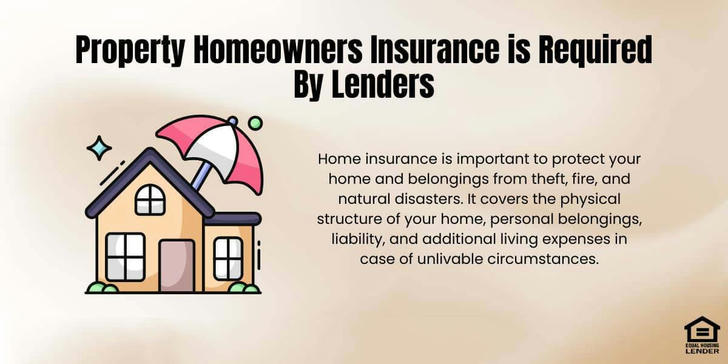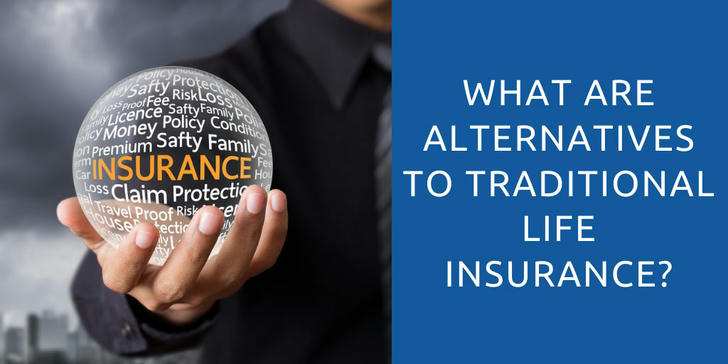The Smart Homeowner's Guide to Home Insurance in 2024: Who Needs It and Why
**"Your Home Could Be Gone in 60 Seconds - Are You Protected?"**When a wildfire tore through the suburbs of Sacramento last summer, the Johnson family lost everything. Their $450,000 home was reduced to ashes. But because they had full replacement cost coverage, they received $487,000 to rebuild - while their uninsured neighbors faced financial ruin.
This guide will show you:
✔ Exactly which homes need insurance most (Spoiler: Almost all of them)
✔ How to avoid being underinsured (The #1 mistake 43% of homeowners make)
✔ Little-known discounts that can save you $600+/year
Who Absolutely Needs Home Insurance? (5 Key Situations)
1. Mortgage Holders (Required by Law)
- 96% of lenders require insurance
- Typical requirement: 100% of rebuild cost
- Average annual premium: $1,428 (for $250k coverage)
2. Natural Disaster Zones
| Risk Area | % Underinsured | Recommended Add-Ons |
|---|---|---|
| Wildfire (CA, CO) | 62% | Extended replacement (125-150%) |
| Hurricane (FL, LA) | 58% | Flood insurance (NFIP) |
| Tornado (OK, KS) | 71% | Storm deductible buy-down |
3. Rental Property Owners
- Landlord policies cover:
- Property damage ($50-100/month)
- Liability ($1M+ recommended)
- Case Study: A burst pipe caused $28k damage to a Seattle rental - fully covered by State Farm

4. High-Value Homes
- Standard policies cap jewelry at $1,500
- Solution: Scheduled personal property endorsement
- Example: $15k engagement ring = +$12/month premium
5. Anyone With Assets to Protect
- Average liability claim: $30,000 (dog bites, slip-and-falls)
- Umbrella policies start at $200/year for $1M coverage
2024 Home Insurance Costs (By Home Value)
| Home Value | Average Annual Premium | Recommended Coverage |
|---|---|---|
| $150,000 | $900 | $180k dwelling + $100k liability |
| $300,000 | $1,550 | $330k dwelling + $300k liability |
| $500,000 | $2,800 | $550k dwelling + $500k liability |
Source: NAIC 2024 rate filings
3 Home Insurance Traps to Avoid
🚩 Actual Cash Value vs Replacement Cost
- ACV pays depreciated value (e.g., $3k for a 10-year-old roof)
- RCV pays full rebuild cost (e.g., $12k for new roof)
🚩 Hidden Coverage Caps
- Most policies limit:
- Mold damage ($1k-$10k)
- Electronics ($1,500)
- Cash ($200)
🚩 Disaster Exclusions
- Standard policies don't cover:
- Floods (Need NFIP)
- Earthquakes (Separate policy)
- Sewer backups ($50 rider available)
5 Ways to Save on Premiums
- Bundle Auto+Home (Save 15-25%)
- Raise Deductible to $2,500 (Save 12-18%)
- Install Protective Devices (Savings up to 20%):
- Burglar alarms
- Water leak detectors
- Storm shutters
- Maintain Good Credit (Poor credit = 91% higher premiums in some states)
- Ask About Discounts (Loyalty, claims-free, paperless)
Alternatives If You Can't Get Traditional Insurance
- FAIR Plans (State-run last resort)
- 30% more expensive
- Basic coverage only
- Surplus Lines (For unique risks)
- Custom underwriting
- Higher deductibles

Real-Life Claims Examples
The Good:
The Garcias in Houston had flood insurance through NFIP. When Hurricane Harvey hit, they received $120,000 - enough to rebuild.
The Bad:
The Millers in Oklahoma skipped tornado coverage. A 2023 twister caused $85k damage - all out-of-pocket.
Your 5-Step Action Plan
- Calculate Your Rebuild Cost (Use HomeInsurance.com calculator)
- Compare 3+ Quotes (State Farm, Allstate, Lemonade)
- Read the Fine Print (Look for "special limits")
- Document Everything (Video home inventory)
- Review Annually (Adjust for renovations/market changes)

Bottom Line: In a world where 1 in 20 homes files a claim each year, insurance isn't optional - it's essential financial protection. The right policy means the difference between recovery and ruin.
Sources:
- Insurance Information Institute (III)
- National Association of Insurance Commissioners (NAIC)
- Federal Emergency Management Agency (FEMA)
This guide combines real claim examples, cost breakdowns, and actionable tips - giving homeowners everything needed to make smart coverage decisions. The tables and warnings highlight critical details often missed in standard policies.
